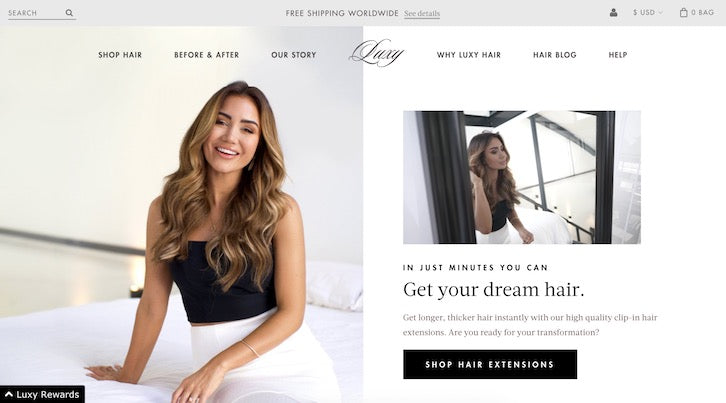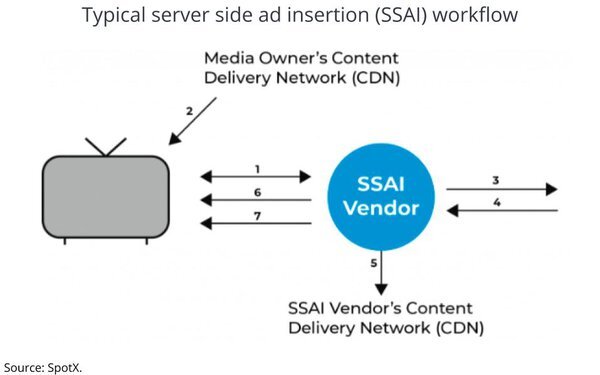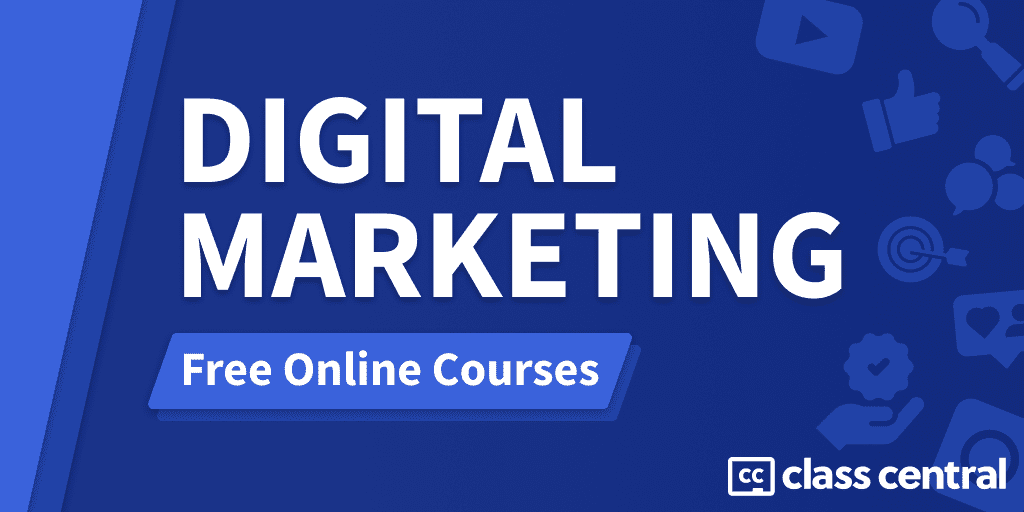
A native ad appears on the page with relevant content. The Dell advertisement may be placed next to the Guinness Beer ad, which implies that oysters can taste better with the beer. The Guinness Beer advertisement will appear next to an article about oysters that is better when accompanied with a glass beer. These examples illustrate how content-related ads are a great way to promote products.
In-Feed units
In-Feed units provide unique advertising opportunities that are not available in traditional banner advertisements. The units are integrated seamlessly on the publisher’s site and contain high-quality ads elements to increase users' engagement. In-Feed ads may include video as well as static content. As brands invest in content strategy, the popularity of in-feed ads will increase as the main channel that amplification and monetization can be achieved.
Recently, the IAB's Native Advertising Playbook addressed the question of what makes a native ad unit. The IAB's Native Advertising Playbook states that in-feed ads provide the most variation. Marketers must consider the characteristics and ways they can integrate them with other elements of the page. Video ads may be placed in the same place as video content.
Custom content

Magazine publishers have had difficulty convincing brands to produce custom content in the past. It can be difficult to convince brands to create custom content when traditional advertising budgets are segregated between digital and print components. However, with the development of new technologies, this is no longer a problem. QR Codes allow agencies to communicate with brands more easily. Publishers are turning to the technology more often to make their native content more engaging.
Although the rule of thumb is to keep ads relevant and related to content on a website's site, native ads with custom content can be even more effective. According to Stanford University, sponsored content is not a problem for consumers. Custom content can be trusted over traditional advertising. The Times and CNN have since removed Dell sponsored posts, but the experiment was a disaster. For that reason, publishers should avoid generic native ads and invest in custom content.
Programmatic advertising buying
Programmatic native ads have become a popular trend in digital advertising. Businesses from all industries are investing in this method. LendingTree was the top-spending sector in 2019, followed by media companies and retailers such as Amazon, Verizon, Procter & Gamble, and LendingTree. Programmatic native advertising, regardless of your brand's specific goals, can prove to be an extremely effective strategy.
Programmatic native ads are much more popular than traditional ad formats. They can be shared across multiple channels and read by audiences, which is a big plus. Brands can create relevant ads that meet the needs of their target audience to increase conversion rates. It is also highly effective for branding purposes, as it helps to establish your business as an authority in the industry. This is why programmatic Native Advertising is so valuable. Here are some examples of programmatic advertising that could work for you.
Placements

Native ads can embed in apps and can appear in a variety ways. These ads may be displayed in the form of slides, app walls and content streams. They also can appear in news feed placements and text-only paid Google search ads. Native image ads are another type of ad. They are similar to regular image ads but are placed so that they blend in with the rest. However, these types of ads may not be the most effective for all companies.
Brands have to be able to build trusting relationships and meaningful relationships with their consumers. It is becoming more crucial than ever to deliver relevant, tailored content, with privacy concerns at the forefront of consumers' minds. Native ads must therefore be designed carefully, with copy and images that don't come across as tone-deaf or forced. To build trust and trust with the consumers, it is crucial to start the process early so they are more likely to believe the brand and its message.
FAQ
What do I need to know about SEO in order to do Content Marketing? Yes!
SEO experts are familiar with how search engines, such as Google, rank pages. They can also help you choose the right keywords to optimize your page.
What are the content strategies for different topics?
Content strategy is a general term that describes all aspects of how content is created, managed, distributed, measured, and optimized for digital channels. It's not just what you publish on social media sites such as Facebook and Twitter but also what you choose to highlight on your website, blog, and other online properties.
Content strategy is important as it lets you know where your attention should go, what content you should use, how to communicate your messages to your audience, and which types of content you should use.
Understanding the role of content in the overall business goals is crucial to help you realize them.
How does content marketing differ from traditional advertising?
Traditional advertising focuses on getting attention, while content marketing focuses on providing value. Traditional advertising is often a waste of money because most people ignore it. With content marketing, however, you'll see much higher engagement rates.
What are the best ways to improve my content strategy?
Focusing on distribution, audience and content can help improve your content marketing strategy. To begin, you must understand your ideal client and where they spend their time online. This information will allow you to tailor your content to their needs. The second step is to create a voice and style that differentiates you from the rest. The third step is to determine how to best distribute your content.
Statistics
- To further show the importance of this, 89% of people have stopped doing business with a company because of a poor experience. (neilpatel.com)
- We found that 40% of businesses don't have a documented strategy yet. (semrush.com)
- According to the Content Marketing Institute, 70% of B2B marketers and 86% of B2C marketers surveyed use content marketing in some form or other. (criteo.com)
- Out of the 1,500 marketers we surveyed for our State of Content Marketing report, 78% who felt their content marketing strategy was exceptionally effective in 2021 had documented their strategy. (semrush.com)
- An example of an overarching goal could be: "In 2022, we want to achieve a 20% increase in revenue created by organic content and generate 15,000 MQLs with a budget of $30,000." (semrush.com)
- Content marketing produces 3X more leads per dollar spent. Content marketing costs 62% less than traditional marketing. (criteo.com)
- According to research compiled by Coschedule: Companies that publish 16+ blog posts a month get as much as 3.5x as much traffic as those that publish 0-4 posts a month. (criteo.com)
- In fact, would pay more for a better customer experience, and 86% of B2B buyers would pay more. (neilpatel.com)
External Links
How To
How can I create a content market strategy?
The first step is understanding what kind of content you want to create for your clients. Once you have established this, it is time for content creation. This might mean that you need to create an editorial calendar, and plan where the content will be coming from. Every piece of content should have a purpose. It doesn't really matter what content you're using, whether it's blog posts or social media updates. But they all should have a single purpose.
Once you decide what content type you want to produce it's time to discover who your target market really is. You need to know who your target market is and why they would be interested in what you have to offer them.
Next, you need to identify your target market. Then, find ways to communicate with them. Although social media platforms can be a great way of connecting with people, there are many other options, including videos, podcasts, webinars and webinars.
After deciding how you will communicate with your market, the next step is figuring out what topics and types of content you want to cover. This again goes back to the reason you're writing content. What problem is it solving? Is it useful? It will make their lives easier.
Now that you're clear about the type of content you create, it's time you decide what to say. What do you want? On current events? On specific products and services? This is your focus.
Finally, after answering all those questions, it's the right time to combine everything in one package.
You want every piece you create to serve its purpose. You don't want to waste anyone's time and energy, so you must build quality into every aspect of your content.
It is important to remember that content marketing has many parts.